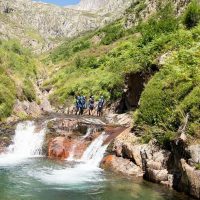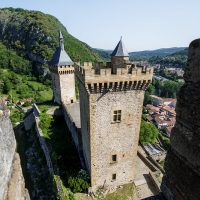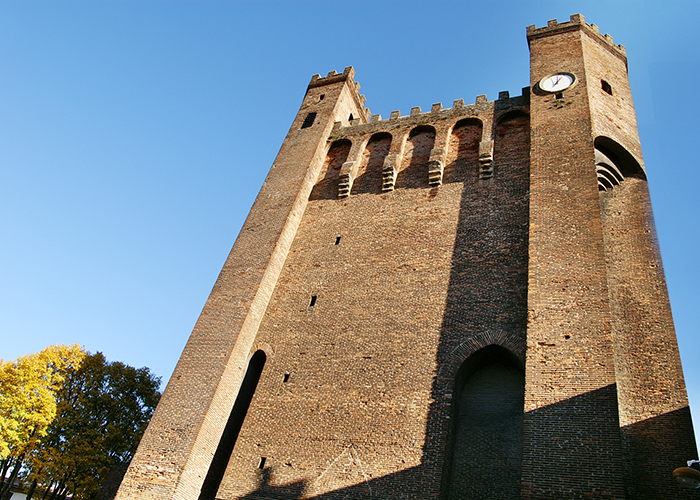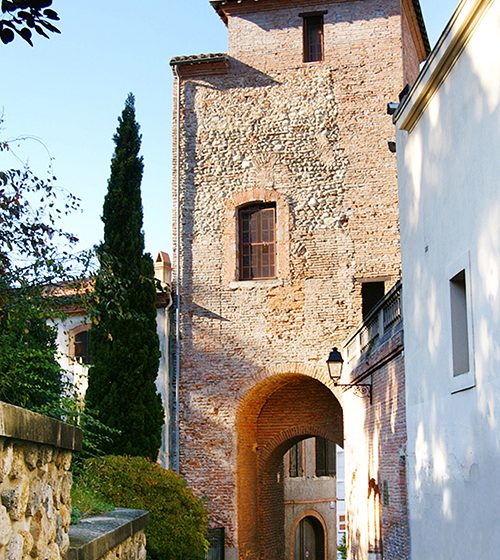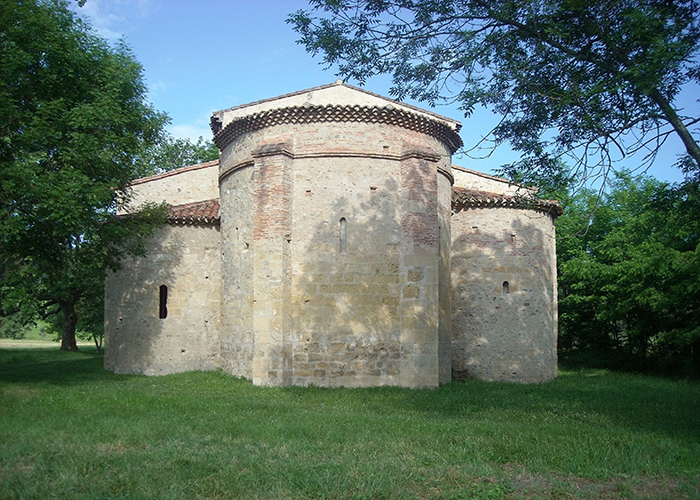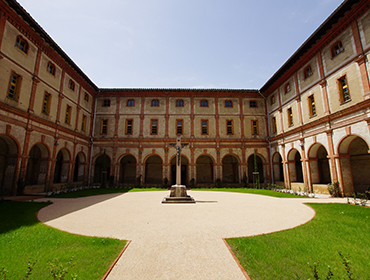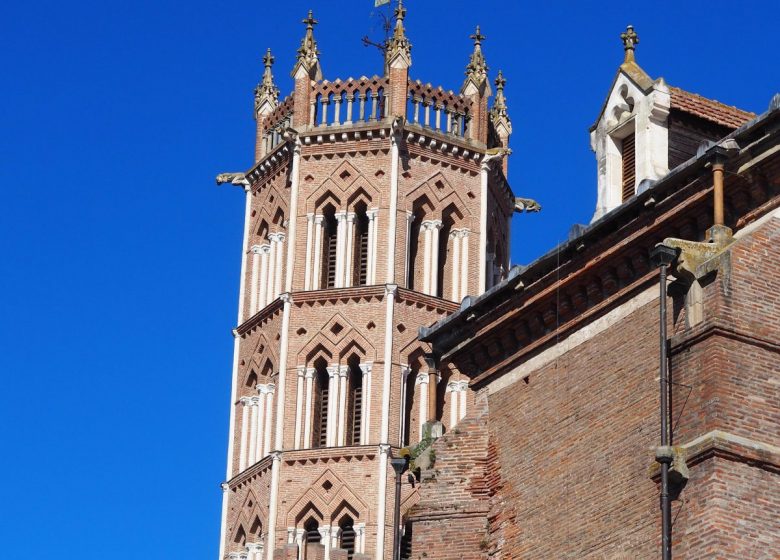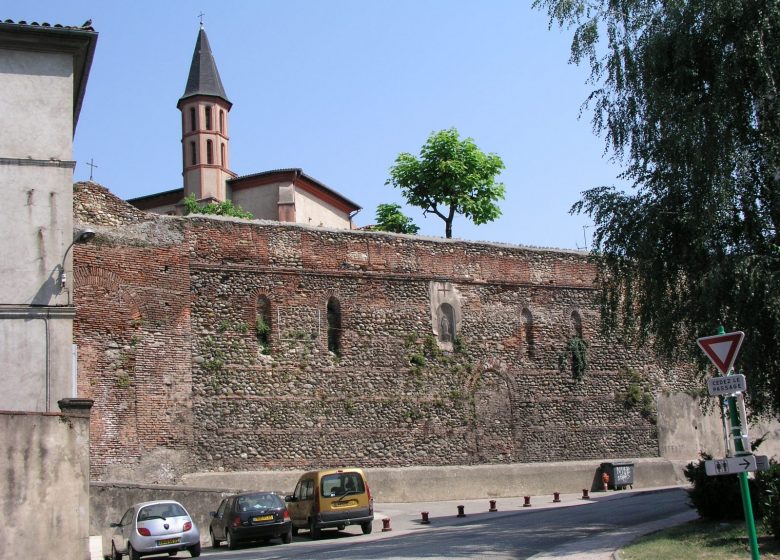From the origins of the city to the present day:
In the Prehistoric era, several objects dating from Prehistory were discovered around Pamiers and suggest that at that time man already lived here.
In the 5th century the territory on which the city is today built was called, in Visigoth, "Fredelas" (at that time, the Visigoths received land in exchange for the mercenaries they supplied to the Roman army) .
In the 961th century, near the town (now the town of Pamiers) the Saint-Antonin abbey was built. This building is mentioned for the first time in a document dating from XNUMX.
At the beginning of the 12th century, an agreement was concluded between the clergy and the Count of Foix. In this act the name "Apamée" ("Castrum Appamie" in Latin) designates the fortified castle built by the count, on the mound (called "butte du Castella") which dominated the plain of Frédélas. The town, surrounded by fortified walls, was located at the foot of the castle. The name "Apamea", which would become "Pamias" in the Occitan language, then "Pamiers", was given to the town during the 12th century.
The destruction of the castle, which would have been a place frequented by the Cathars, was ordered in the 17th century by Cardinal Richelieu.
From the 13th century Pamiers developed the trade in cloth and wine. Renowned even at the court of France, also sold to the English, the wine was shipped on the Ariège river, at the port of Jeu du Mail de Pamiers, to the port of Bordeaux.
At the end of the 13th century Pamiers, a stronghold of orthodoxy, was rewarded for its loyalty by Pope Boniface VIII who created the bishopric of Pamiers.
Another consequence of the Crusade against the Albigensians (Cathars): the installation in the city of numerous monastic orders responsible for fighting against the "Cathar heresy": Dominicans, Franciscans, Carmelites, Augustinians.
During the 15th and 16th centuries, Pamiers was the site of repeated riots, due to numerous conflicts and wars (religious wars, Hundred Years' War, war of succession of Navarre, etc.) which left no church standing, with the exception of the bell towers, valuable elements of defense.
The reconstruction of all the buildings began in the second half of the 17th century.
At the start of the industrial revolution, in 1817, the metallurgical factory was created in Pamiers. Today it is a state-of-the-art factory with one of the most powerful hydraulic presses in Europe. For example, major parts for the A380 are manufactured there.
Carmel:
Nestled in the heart of Pamiers, Carmel is an architectural gem from the 1648th century. From its foundation in 2008 to 2012, it welcomed sisters of the Carmelite order who dedicated their lives to prayer in this place totally cut off from the outside world. Bought by the town hall of Pamiers in XNUMX, it gradually became a place dedicated to culture.
Industrial heritage: The Metallurgical Factory
The canals which surround the old town once played a decisive role. From the 1817th century they were turning the mills and it is certain that the installation of the factory, at the start of the industrial revolution in XNUMX, is linked to this driving force.
Originally the factory was just a small workshop. It will prosper very quickly. Three men (an iron merchant, a forge master and a notary) will join forces to open a steel factory, files and cutting objects. The experience and resources of this team quickly work wonders. Projects to expand the “Sainte-Marie factory” were submitted in 1818.
In 1848, with its eight forges, it already employed 82 workers.
In 1861, the arrival of the railway in Pamiers and the prosperity of the factory allowed the town to succeed in its economic “start”.
During the Great War (1914-1918) the factory needed workers to meet the considerable needs of the army. Families flock from everywhere. In 1917 the factory employed 3 workers. In the years that followed, the factory experienced a slowdown in its activity and the workforce fell to 808 workers in 800. To cope with the economic crisis, the factory refocused its activity on the forging and stamping trades, and it will then never stop progressing.
Today it has polymetallic know-how in aluminum alloy, titanium and superalloy parts intended for aeronautics, space, defense and energy. Always at the cutting edge of technology, in 2007 it acquired a 40.000 tonne hydraulic press, one of the most powerful in Europe, enabling it to produce major parts for the A380, such as the sides and the landing gear which are probably the largest aluminum and steel parts ever stamped. It should also be noted that the factory meets the most demanding environmental standards.
Location
Gates of Ariège Pyrenees
Prices / Opening
Opening
| From January 01 to December 31, 2024 | |
| Monday | Open |
| Tuesday | Open |
| Wednesday | Open |
| Thursday | Open |
| Friday | Open |
| Saturday | Open |
| Sunday | Open |


